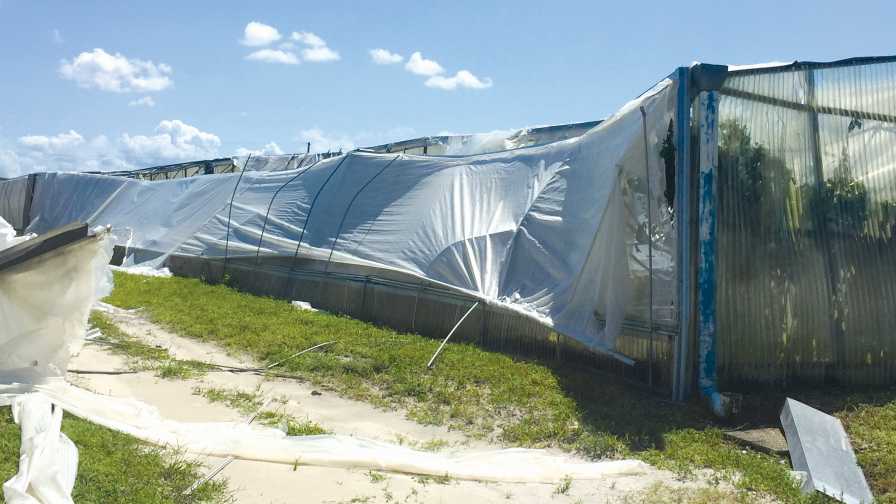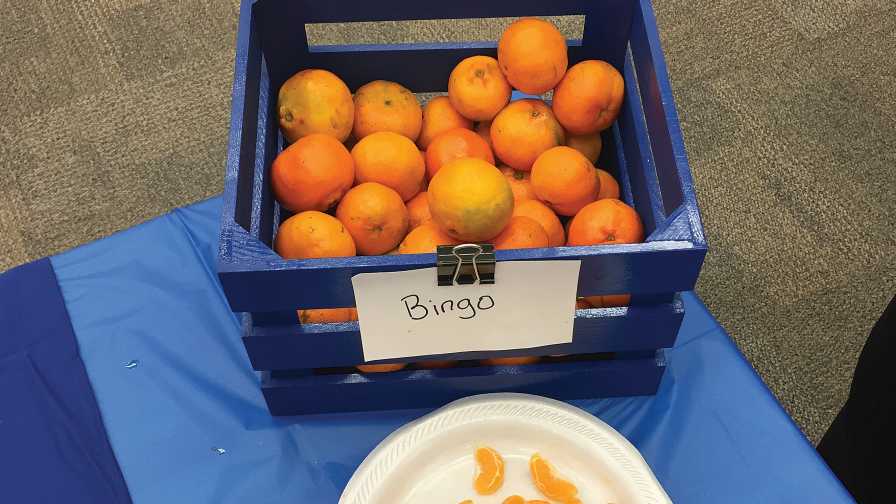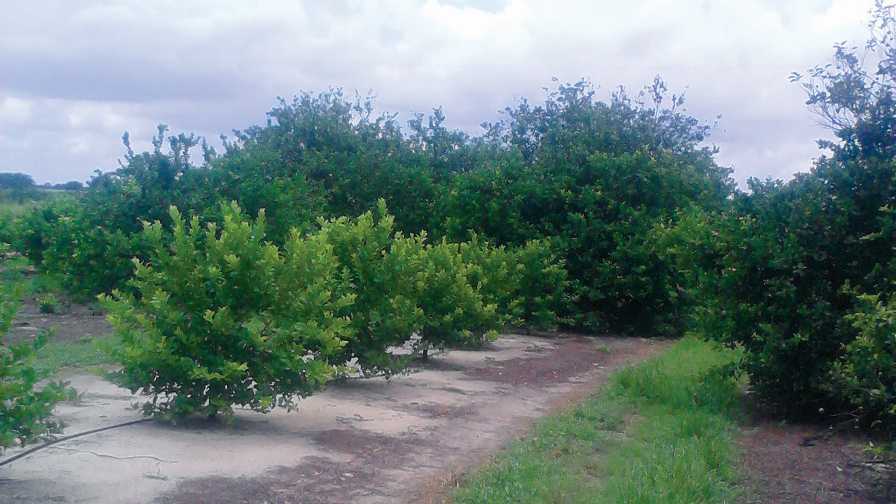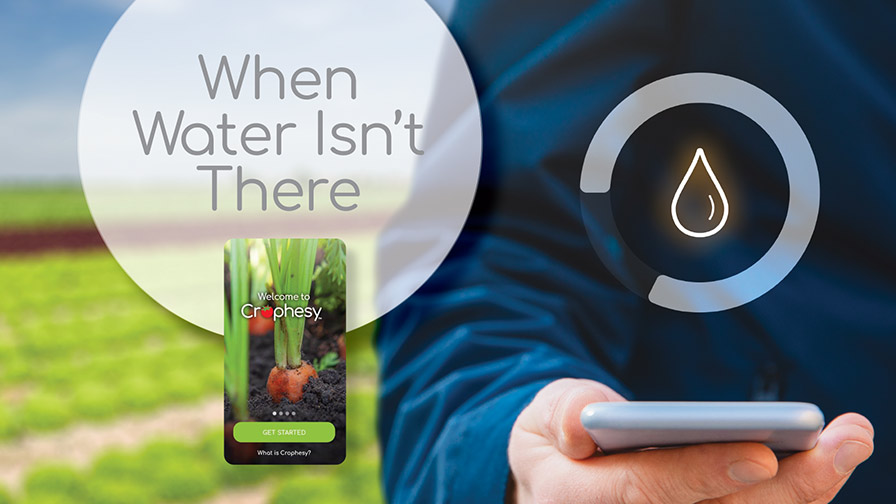Positive Takeaways as Florida Citrus Season Winds Down
The 2018-2019 Florida citrus season is almost in the books. Some fresh orange packing and processing remains. Nurseries are humming and making spring deliveries. For many, this season did not pan out quite as they had hoped, especially after the 2017-2018 post-hurricane season.
Despite the challenges, you need only take a summary look at this year’s activities to realize this is the not the pattern of a failing industry. All phases of Florida citrus are working toward a brighter future. We certainly could use a break or two along the way.
Wildfires and Hurricanes Indemnity Program (WHIP)Disaster Recovery Assistance
The 2017 WHIP was created as a vehicle to distribute up to $2.36 billion dollars made available to in the Bipartisan Budget Act of 2017 to provide disaster relief for, among other things, citrus producers impacted by Hurricane Irma that hit Florida in September 2017.
• The program launched last summer and is administered by the USDA Farm Service Agency.
• Due to the complexity of administering a new disaster relief program as well the impacts of the 35-day federal shutdown on processing of applications, WHIP continues to have a considerable backlog of claims yet to be processed.
• On a positive note, many producers who have been able to complete the WHIP process have received full compensation for eligible losses under the program, providing a much-needed injection of capital into the industry.

Hurricanes like Irma made quick work of protected structures, forcing many growers to review crop insurance plans.
Photo courtesy of Dilley Citrus Nursery
Changes to Insurance Programs
• Florida Citrus Mutual led the charge to improve the crop insurance program available to citrus growers. New varieties were added to the program, crop values were addressed, and additional, significant improvements will emerge from this effort over the next two years.
• Thanks to Florida Nursery, Growers, and Landscape Association’s persistence and initiative, USDA plans to roll out a completely revamped nursery crop insurance policy, which covers citrus nurseries, next year as a pilot program in Florida and other states.
• Citrus-producing states came together in Denver in the fall to discuss ways to improve the exchange of citrus material among citrus-producing states. The event was funded by a grant and administered by the Citrus Research Board. Progress was made. At the meeting, framework was laid on a risk-assessment matrix to allow faster movement of promising new varieties, depending on where the material originates. With the continual search for HLB-tolerant material, the budwood program is introducing many new selections every year. Due to this, the Division of Plant Industry is looking to expand the Chiefland Budwood Foundation facility by adding space for approximately 300 more trees. Additionally, the Chiefland Seed Source block was planted and expected to produce seed within the next few years.
Oranges
• UF/IFAS made 17 new orange varieties available for private trial plantings.
• The subject of orange-like citrus selections having utility in Florida’s juice stream is getting more attention. The industry is engaging in discussions about what orange flavor is and what should qualify for inclusion in the product. Orange-like crosses that share the same genetics as sweet oranges do not qualify for processing as a sweet orange under the current standards. New Varieties Development & Management Corporation (NVDMC) and Florida Citrus Processors Association will be working to resolve questions on the use of orange-like fruit in standardized orange juice products that currently, under the federal standards of identity, do not allow utilization of some of the new cultivars.
• Many growers are reporting increased production per acre for oranges, and some with better internal quality. There is no silver bullet available for HLB, but fine-tuned nutrition programs certainly appear to yield results.
• The increasing ratio of late oranges compared to early mids remains a concern. As an industry, we have too much capital invested to run half a season. Quality, tolerant fruit is needed for the early months of processing.

Photo by Peter Chaires
Specialty Fruit
• Small quantities of ‘Bingo’ were harvested and packed from young trees. Work to resolve or manage the dieback continues.
• The ‘Tango’ tangerine/mandarin was a mixed bag this year. Some blocks struggled mightily to achieve peel color, while others had some of the best color in years. Some blocks had uncharacteristically low Brix, while others were very strong. The only consistency was inconsistency. Florida really needs someone working on horticultural programs for these specialty selections.
• A new USDA-ARS tangerine/mandarin became available through NVDMC for trial and nursery increase; it is low-seeded, productive, and high quality. Trees are doing better than average in the field, but the jury is still out on overall HLB-tolerance levels.
• Florida Foundation Seed Producers Inc. granted NVDMC the domestic license to the new early season ‘Marathon’ tangerine/mandarin. NVDMC held grower/nursery information and registration sessions in April.
• Packed volumes of ‘Orri,’ ‘Juicy Crunch,’ ‘Autumn Honey,’ and ‘Roe’ tangerine (available through NVDMC) continue to increase.
Packing
A large supply of small-sized fruit limited fresh packing of oranges this year. The fruit was there, but small size limits market opportunity. A large supply of small sizes from other states only exacerbated the problem. The situation with grapefruit and grapefruit exports is similar. Shipments lagged behind hopes and expectations, but quality was good.
Grapefruit
• The call for “Bactercides Now!” that echoed from the Bonita Springs meeting a couple years back may change to “Need Grapefruit HLB solutions now!” Options for producing quality grapefruit in an HLB-endemic environment remain limited. This is a very important crop for Florida. Grapefruit growers need more than we have been able to provide them to date. Whether it be a means of killing bacteria in the tree, tolerant selections, vector management, or nutrition angles –– they need something, and they need it yesterday.
• HLB Multi-Agency Coordination Trials –– Indian River Citrus League, in cooperation with Division of Plant Industry, secured funding for 33, 10-acre sites to test the most tolerant grapefruit scions and rootstocks.
Citrus Recovery Block Grant
• The grant launched in the summer 2018 by the Florida Division of Emergency Management.
• This $343 million-dollar block grant works in conjunction with WHIP and was given
to Florida citrus recognizing the disproportionate impacts the industry sustained from Hurricane Irma.
• The block grant consists of three parts. Part 1 compensates growers for tree loss and/or damage; Part 2 compensates growers for loss of productivity in the years immediately following the hurricane based on tree damage and stress; and Part 3 provides two years’ worth of premium support for crop insurance if producers agree to a minimum of four years of coverage.

Lemons are in high demand not only for juice, but also oil.
Photo by Peter Chaires
Miscellaneous
Lemons continue to go in the ground. Strong HLB tolerance is too hard to resist. This is changing the landscape of Florida citrus. A couple packinghouses are said to be prepared to run lemons, but fresh will be a very small component. Most lemons are tied to processed programs.
• The FAST TRACK program for UF/IFAS fresh selections underwent significant change. Changes sought to simplify the process and open participation to all growers who may have missed earlier opportunities.
• Massive new Citrus Under Protective Screen (CUPS) structures are going up, and trees are being planted within them. Though there is significant investment and risk involved, CUPS is proving to provide a lower stress environment for trees, early crops, and high productivity. There is much to learn, but it’s certainly a bright spot this year.










